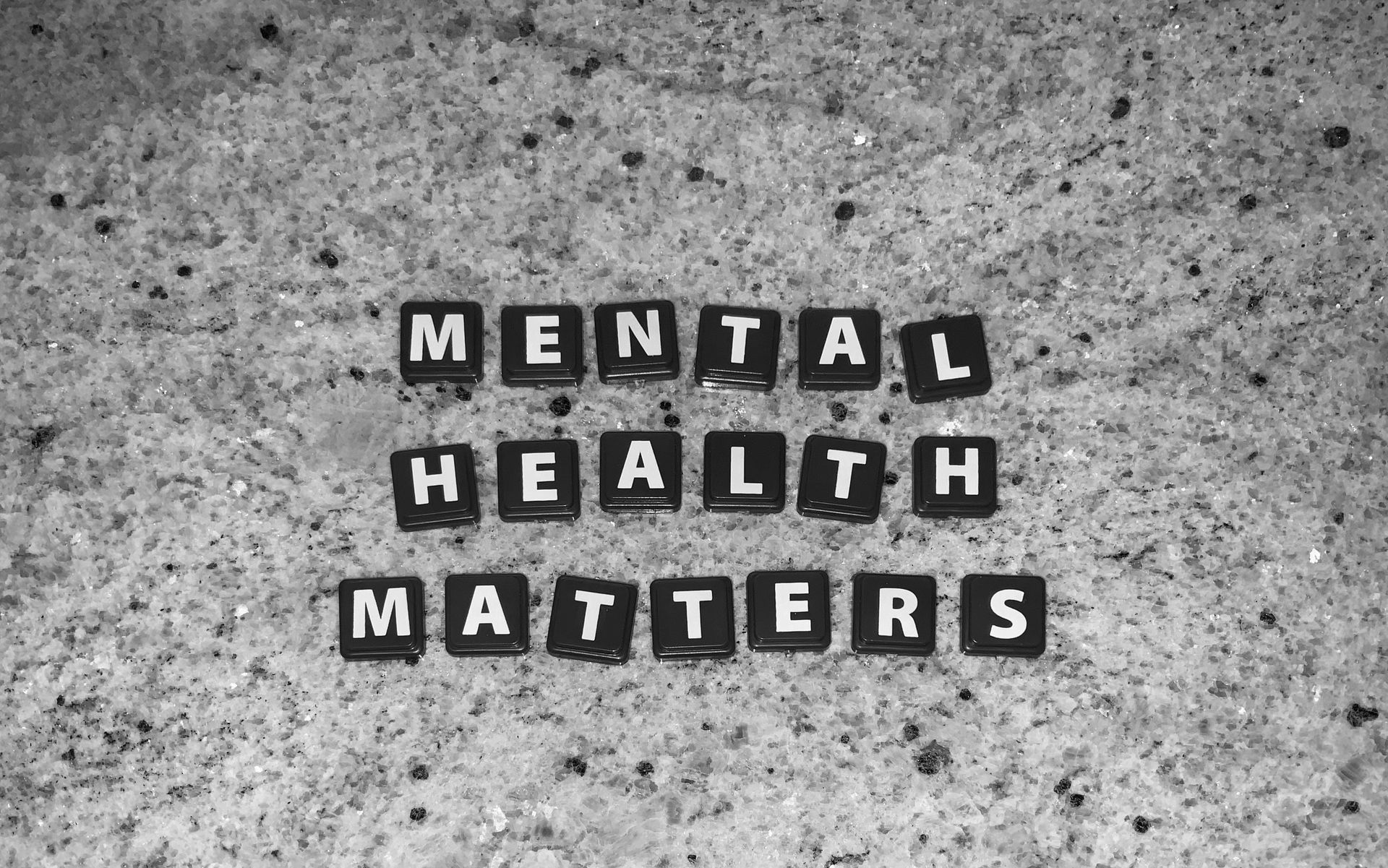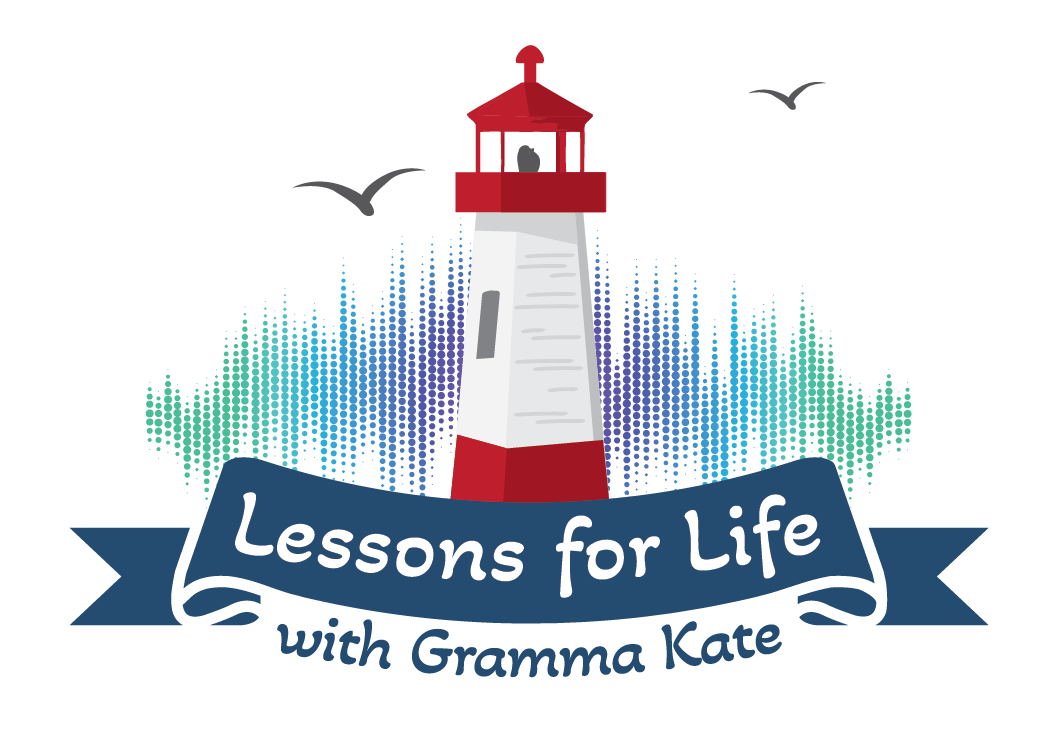Prefer to listen instead? Click the blue play button below.

Have you ever walked into a situation at work and felt the energy shift—something felt off, but you couldn't put your finger on it? Perhaps you text a family member and get no response for hours or maybe days. Or, you're enjoying a relaxing day at home, and you ask your spouse a question. They grunt or worse, say nothing, and suddenly you're wondering what the heck is going on. You're feeling guilty, even though in your mind you haven't done anything wrong.
That's the invisible storm of passive-aggressive behaviour. You can't see it, but your body senses it's there. It's like a sudden drop in air pressure, and here's the thing: if you don't learn to recognize it, you'll keep getting caught in the same exhausting cycle. So, let's break it down.
Understanding Passive-Aggressive Behaviour
Passive-aggressive behaviour is one of the most confusing forms of communication you'll ever experience because, on the surface, everything looks calm. But underneath? Tension, resentment, and unspoken anger are brewing.
At its core, passive-aggressive behaviour is indirect resistance. It's when someone expresses anger, frustration, hurt or jealousy without ever saying it out loud. Instead of using words, they use silence, sarcasm, procrastination, or small jabs of defiance. Passive-aggressive behaviour shows up everywhere—in marriages, friendships, workplaces, and families—because it's often learned young and carried forward quietly.
Why Do People Behave This Way?
Because at some point, they learned that being honest about their feelings wasn't safe. Maybe confrontation led to being yelled at or rejected. Perhaps expressing emotions was seen as a sign of weakness. So they found a safer route—one that kept them in control without being "the bad guy."
Underneath most passive-aggressive behaviour is fear—fear of being rejected, of losing control, or of appearing vulnerable. It's rooted in insecurity and learned coping mechanisms from childhood. Some people grew up watching adults avoid resolving conflicts instead of having hard conversations. Others learned to suppress their emotions because their culture, family, or religion prioritized politeness over honesty.
But here's the truth: what begins as protection eventually becomes poison.
Because when feelings are suppressed instead of shared, relationships start to rot from the inside out. Passive-aggression damages trust, breeds resentment, and turns simple disagreements into emotional minefields. It makes both people feel unseen and unsafe.
In romantic or family relationships, it erodes intimacy and connection. In workplaces, it undermines teamwork and respect. The red flags can be subtle—the indirect criticism disguised as humour, the cold shoulder that lasts for days, the guilt trip that leaves you questioning your worth. You notice it in yourself too—the way you withdraw when you're hurt, or the times you say "it's fine" when it's anything but.

The Mental Health Toll
And the toll it takes on mental health is real. For the person being passive-aggressive, it leads to bottled-up anger, anxiety, and low self-esteem because nothing ever gets resolved.
For the person on the receiving end, it causes confusion, self-doubt, and emotional exhaustion—the constant guessing game of "What did I do wrong?"
Passive-aggressive behaviour is learned, yes—but it can also be unlearned.
Breaking the Cycle
The truth is, dealing with this behaviour requires you to get clear about what's actually happening. You have to recognize when someone's "I'm fine" doesn't match their actions—when the cold shoulder tells a different story than their words.
Then comes the hard part: staying grounded when someone else is trying to pull you into their storm. It's not taking the bait or refusing to chase after them, begging for answers, or twisting yourself into knots trying to fix something you didn't break.
And finally, it's about how you protect the relationship, especially your relationship with yourself. It's setting boundaries without being cruel. It's saying, "I'm here when you're ready to talk, but I'm not going to let silence be used as a weapon against me."
Every time you refuse to play the guessing game, every time you stay calm and clear about what you will and won't accept, you're teaching people how to treat you. You're showing them—and yourself—that you deserve better.
A Personal Story
For years, I experienced the silent treatment, backhanded compliments, the whole gamut—always believing I had done something wrong, because that's also part of the behaviour. The person never has to change if you're the one constantly questioning yourself.
But once I named the behaviour—passive-aggression—it was like turning on a light in a room I'd been stumbling through in the dark. It took its power away because I could finally see the behaviour for what it was. And I learned that it told me more about the person I was dealing with than it ever did about me.
This came into sharp focus a couple of months ago. I needed help with something and reached out to the best person to help me. For some reason, it ended up in a shouting match—and click, the phone went dead. For days, this person didn't talk to me. But now I see the behaviour for what it is. Then a couple of days later, they acted as if everything was back to normal, as if nothing had happened.
But here's the thing: I'm learning not to let people treat me that way. So when this person silently signalled that the silent treatment was over—without ever actually discussing what had happened—I didn't play along. I took a few minutes to remove myself from the situation, reclaim my own space, and then returned and calmly said, "Let me know when you're done giving me the silent treatment."
There was a scoff, but the message was loud and clear: I know what you're doing, and I don't tolerate being treated that way. Once you can see the pattern clearly, the question becomes: what do you actually do about it?

7 Life Lessons to Understand the Silent Treatment and Strengthen Your Relationships
1. You can't fix what you won't face
Healing requires honesty. You can't build a connection on confusion or silence. When you ignore what's really happening, the problem doesn't go away—it just grows roots in the dark. Facing it directly is what allows both you and the relationship to breathe again.
2. Silence isn't peace—it's control
Silence often looks calm from the outside, but underneath it's about power, not harmony. True inner peace doesn't come from pretending everything's fine; it comes from working through the hard conversations and finding understanding on the other side.
3. Confusion is a cue
When you walk away from an interaction feeling confused or doubting yourself, that's your nervous system waving a red flag. It's saying, "Something here doesn't add up." Check whether the person's words and actions matched—clarity is your compass back to emotional safety.
4. Awareness breaks the spell
Once you name passive-aggressive behaviour for what it is, it loses its ability to control you. Awareness gives you a choice—to stay calm, set boundaries, or step away if needed. And remember, someone's passive-aggressive behaviour reflects their unresolved emotions, not your worth.

5. Calling out the pattern of behaviour is self-respect, not confrontation
You have every right to name the behaviour without guilt. Saying something like, "Let me know when you're ready to talk," isn't being rude—it's choosing honesty over guessing. When you calmly acknowledge what's happening, you set a tone of maturity and emotional safety.
6. You can move on without forgetting
Your body remembers what silence feels like—the tension, the shame, the confusion. But awareness helps you release that grip so the memory no longer controls your reactions. You don't have to erase the past to grow beyond it.
7. Avoid reciprocating passive-aggression; remain calm and assertive
When someone shuts down or jabs at you, it's tempting to match their energy—but that only feeds the pattern. Stay calm, breathe, and respond with clarity instead of sarcasm or withdrawal. Assertive communication doesn't just protect your peace—it sets a healthier example for everyone watching, especially your children
Modelling for Kids: Breaking the Cycle
If you want to break the cycle of this pattern of behaviour, it starts with you. Your kids are watching how you handle hurt and resentment, whether you realize it or not.
So, model healthy emotional regulation, instead of passive-aggressive behaviour. Show your kids how you handle frustration, disappointment, and anger in a constructive way. When you're upset, name it. Say it out loud: "I'm feeling frustrated right now because..." Don't suppress it. Don't avoid it. Don't let it simmer beneath the surface until it comes out as the silent treatment.
And here's what not to do: avoid using threats or harsh punishments that teach your kids to hide their feelings or express them indirectly, because passive-aggressive behaviour takes root when people learn that being honest about their feelings isn't safe.
Model to your kids so they grow up knowing they can express their feelings without fear of judgment. That they don't have to play games or give people the silent treatment to be heard, that starts with you breaking the pattern. That's what emotional literacy looks like in real life.
In Conclusion:
1. Name it to tame it. Once you recognize passive-aggressive behaviour for what it is—fear disguised as silence—it loses its power over you. Awareness gives you the clarity to respond calmly, rather than getting trapped in confusion and self-doubt.
2. Silence is control, not peace. The silent treatment doesn't keep peace—it keeps control. Genuine connection comes from working through difficult conversations, not avoiding them.
3. Teach people how to treat you. When you calmly call out the behaviour and set clear boundaries—like saying, "Let me know when you're ready to talk"—you're not being confrontational. You're choosing self-respect and modelling what healthy communication looks like.
"Remember, change begins with ourselves.
Put your knowledge into action and reach your full potential ."
Wishing you heartfelt warmth and support on your life's journey!
Kate/Gramma Kate
